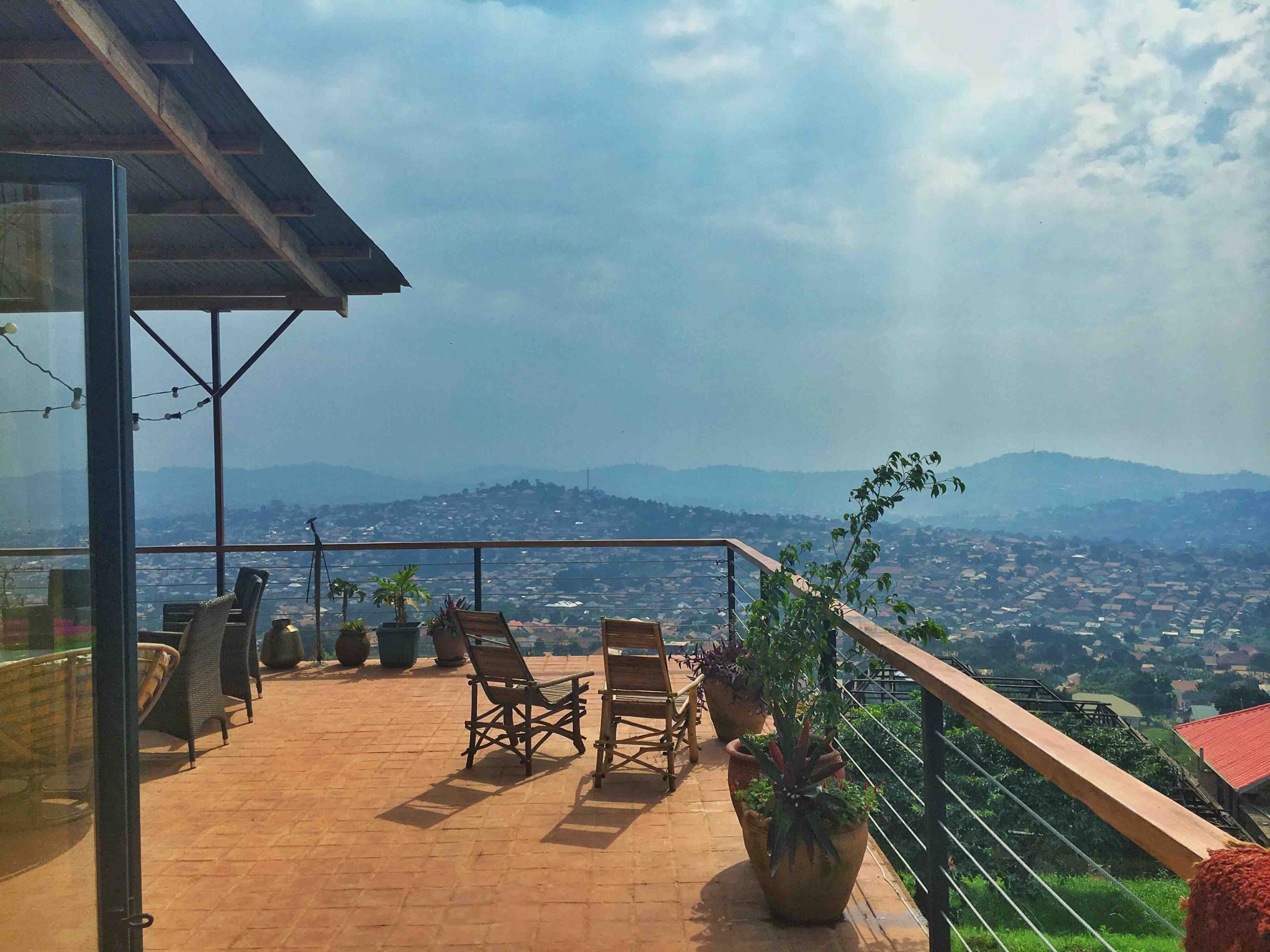UGANDA, Ntoroko District | Real Muloodi News | As the population of Uganda surges beyond 40 million and land becomes more valuable, many Ugandans are rushing to purchase land to have their homes built. The terrain at the site location of new construction can affect the ability of homeowners to meet existing and future needs.
According to the Daily Monitor, construction sites can have gentle slopes, lowland or hilly terrain. It is important to choose the right site for your home, and develop it appropriately to make the most of its natural attributes. Where you choose to construct your home will determine the cost of building and ease of living in the finished house.
Which is better for home construction; lowland or hilly terrain? This is what the experts say:
Advantages of Lowland
According to Construction Engineer, Samuel Tusiime, a foundation constructed on a hill or slope is more expensive as compared to those built on lowlands, which are deep and require less effort.
Mr James Mugume, who owns a home in Rwebisengo Town Council in the Ntoroko District, says that most of his land is in the lowland. He did not have to pay to level the land, and laying a foundation was affordable.
Disadvantages of Lowland
Mr Mugume advises those planning to build in the lowlands to make sure the ground is not waterlogged. The soils in the lowlands can be poor and require extra materials during the foundation phase.
“When you are building in a low lying area where the place is waterlogged, the concrete used needs to be strong; about 200cm, and ratio used 2:1, and one should also mix the concrete with waterproof binder to stop water from entering into the bricks after the foundation,” Tumuhimbise says.
Mr James raises the concern that the flat regions he built in are flood prone, which might damage his home in the future.
Advantages of Hilly Terrain
According to Civil Engineer Alex Tumuhimbise, if a person has enough money, a raised place is beneficial for residential construction since the ground is ideal.
Mr Chris Tushabe of Kasenda Sub-county in Kabarole District says he built his home on the top of Irihura hill because it offers him a splendid view and fresh air.
Disadvantages of Hilly Terrain
Construction engineer Samuel Tusiime says that building in hilly areas requires financial muscle. The entire construction process is expensive. Charges include levelling the foundation, compounds, and gardens.
“After construction, the house gives you a good view, but it becomes expensive in the transportation of materials, levelling the ground, extending other utilities such as water and electricity,” Tusiime says, adding, “For a four-bedroom house, the foundation can cost Shs3m while the foundation for a house in the lowland can cost Shs2.5m.”
Mr Alex thumbs, a civil engineer, warns that construction on a hill takes longer as the levelled ground needs time to become firm before construction can begin.
Building on a hillside exposes one to the risk of landslides because of heavy or continuous rainfall. Retaining walls around the house may be necessary to prevent erosion, which is another added expense.
Further, strong winds can affect the house if someone has not planted windbreakers. “It is advisable for people with homes in hilly areas to plant trees with deep roots to help keep soil intact, which will decrease the land’s susceptibility to erosion,” Tumuhimbise tells the Daily Monitor.
A construction engineer, Aaron Nkwasibwe, recommends that before purchasing a plot of land in hilly terrain, make sure it is easily accessible to allow for the transportation of building materials.
READ MORE LIKE THIS:



